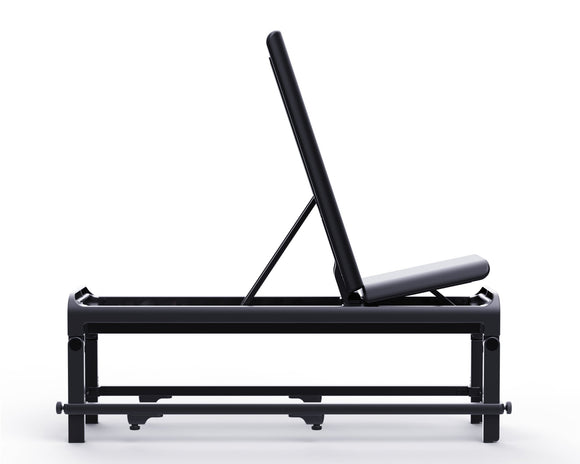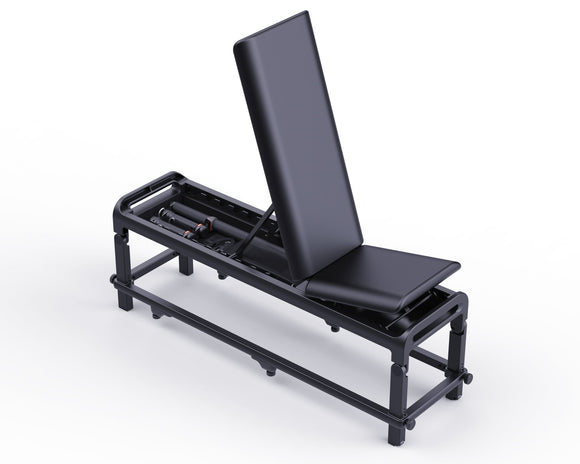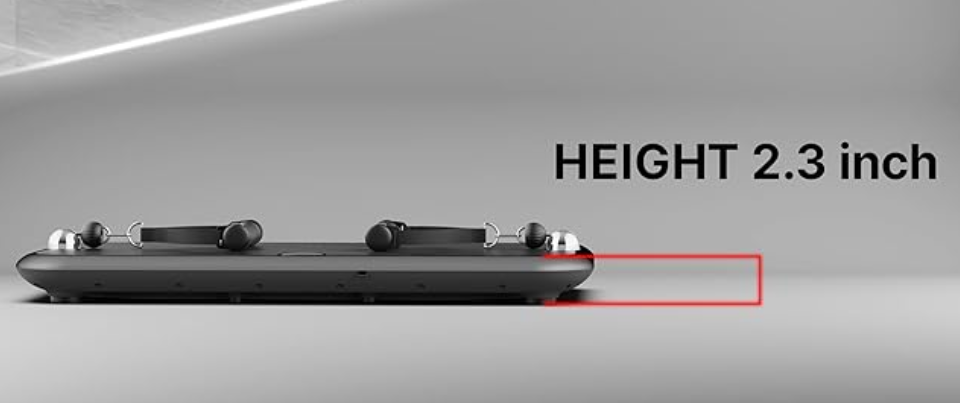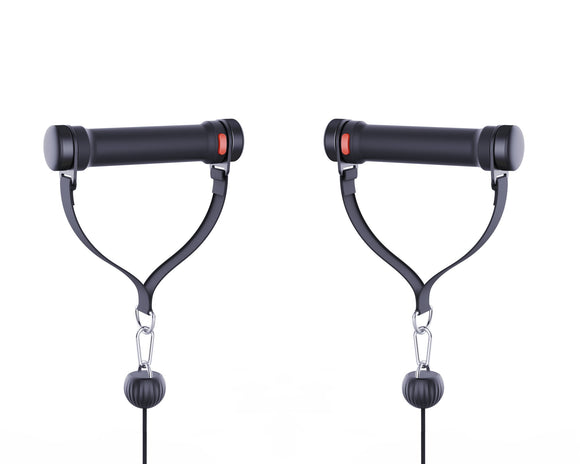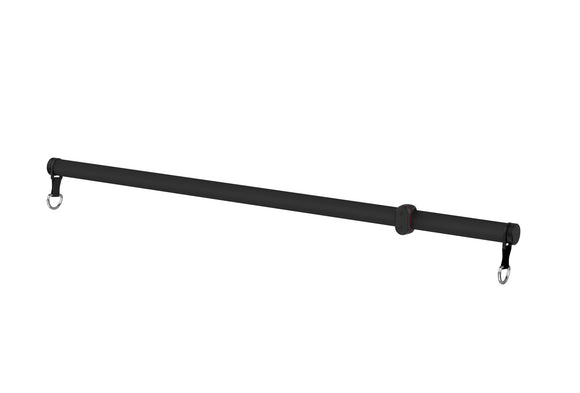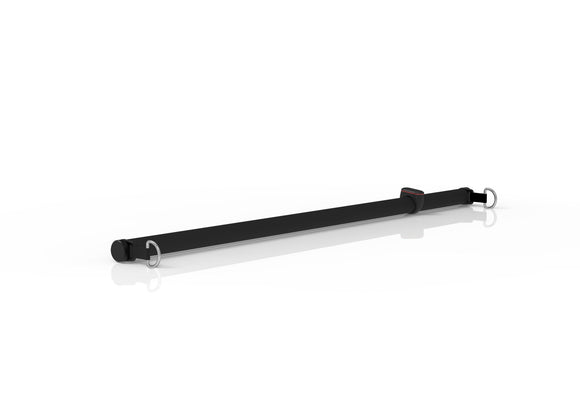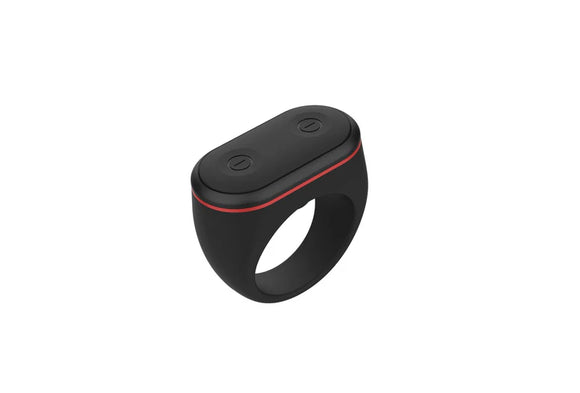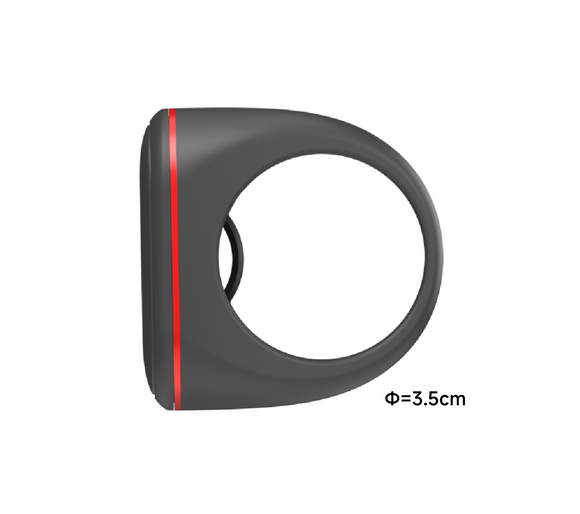La sentadilla búlgara dividida es un ejercicio poderoso para desarrollar la fuerza de la parte inferior del cuerpo , mejorar el equilibrio y mejorar el rendimiento atlético. Ya sea que sea un principiante o un entusiasta avanzado del fitness, es fundamental comprender cómo realizar este ejercicio correctamente. En esta guía completa, exploraremos los beneficios de la sentadilla búlgara dividida, brindaremos una guía paso a paso sobre cómo realizarla, la compararemos con las sentadillas regulares y ofreceremos consejos y modificaciones para principiantes.
Cómo realizar correctamente la sentadilla búlgara
Guía paso a paso para realizar sentadillas divididas búlgaras
Realizar correctamente la sentadilla búlgara es fundamental para maximizar sus beneficios y prevenir lesiones. A continuación, te ofrecemos una guía paso a paso para que puedas dominar este ejercicio:
-
Configuración :
- Párese a unos cuantos pies frente a un banco o una plataforma resistente.
- Extiende una pierna hacia atrás y coloca la parte superior del pie sobre el banco. Esta es la posición inicial.
-
Posición :
- Asegúrate de que tu pie delantero esté lo suficientemente adelante para que, cuando te bajes, tu rodilla quede detrás de los dedos del pie.
- Mantenga el torso erguido y el centro del cuerpo contraído.
-
Movimiento :
- Baje las caderas hacia el suelo doblando la rodilla delantera.
- Mantenga la rodilla trasera suspendida justo por encima del suelo, creando un ángulo de 90 grados con ambas rodillas.
- Empuja con el talón del pie delantero para volver a la posición inicial.
-
Respiración :
- Inhala mientras bajas el cuerpo.
- Exhala mientras empujas hacia arriba hasta la posición inicial.
Errores comunes en las sentadillas búlgaras y cómo solucionarlos
-
Seguimiento de la rodilla sobre los dedos del pie :
- Asegúrate de que el pie delantero esté lo suficientemente adelantado. Ajusta tu postura si la rodilla se mueve más allá de los dedos del pie durante la sentadilla.
-
Inclinándose hacia adelante :
- Mantén el pecho erguido y los hombros hacia atrás. Contrae el abdomen para mantener una postura erguida.
-
Colocación incorrecta del pie :
- Coloque el pie trasero firmemente sobre el banco. Si lo siente inestable, ajuste la distancia con respecto al banco.
Consejos para principiantes sobre la forma de la sentadilla búlgara
- Comience con el peso corporal : comience con el peso corporal para dominar la forma antes de agregar pesas.
- Use un espejo : realizar el ejercicio frente a un espejo puede ayudarle a controlar su forma y realizar los ajustes necesarios.
- Movimientos lentos y controlados : concéntrese en movimientos lentos y controlados para trabajar los músculos de manera efectiva.
Cómo modificar las sentadillas divididas búlgaras para diferentes niveles de condición física
- Principiantes : comience con un banco bajo o use una silla estable. Concéntrese en dominar el movimiento con el peso corporal antes de progresar.
- Intermedio : agregue mancuernas o una barra para aumentar la resistencia.
- Avanzado : incorpora variaciones como la sentadilla dividida búlgara con una barra en la espalda o sosteniendo una pesa rusa.
Cómo hacer sentadillas búlgaras sin equipo
No necesitas un equipo sofisticado para realizar sentadillas búlgaras de manera efectiva. Aquí te mostramos cómo hacerlas con un equipo mínimo:
- Busque una superficie estable : utilice una silla resistente, un escalón o incluso una mesa baja.
- Enfoque en el peso corporal : concéntrese en mantener la forma y el equilibrio adecuados sin agregar pesas inicialmente.
- Progresión gradual : una vez que se sienta cómodo, puede agregar elementos del hogar como botellas de agua llenas o mochilas como pesas.
Sentadilla búlgara dividida vs. sentadilla regular
Sentadilla dividida búlgara vs sentadilla regular: ¿cuál es mejor para el crecimiento muscular?
Ambos ejercicios son excelentes para el crecimiento muscular, pero se dirigen a los músculos de manera diferente:
- Sentadilla búlgara dividida : se centra principalmente en los cuádriceps, los glúteos y los isquiotibiales. También trabaja el centro del cuerpo para lograr el equilibrio.
- Sentadilla regular : involucra una gama más amplia de músculos, incluidos los cuádriceps, los glúteos, los isquiotibiales y la espalda baja.
Comparación de sentadillas divididas búlgaras y sentadillas regulares para el desarrollo de las piernas
- Sentadilla dividida búlgara : ideal para abordar desequilibrios musculares y mejorar la fuerza de una sola pierna.
- Sentadilla regular : eficaz para el desarrollo general de las piernas y la construcción de fuerza básica.
Sentadilla dividida búlgara vs sentadilla regular: ¿cuál es más fácil para las rodillas?
- Sentadilla dividida búlgara : generalmente es más fácil para las rodillas, ya que permite un movimiento más controlado y una mejor alineación de las rodillas.
- Sentadilla regular : puede resultar difícil para las rodillas si no se realiza con la forma adecuada.
Beneficios de combinar sentadillas divididas búlgaras y sentadillas regulares en tu entrenamiento
Incorporar ambos ejercicios a tu rutina de ejercicios puede proporcionar fuerza y desarrollo integrales a la parte inferior del cuerpo. Las sentadillas regulares desarrollan la fuerza general, mientras que las sentadillas divididas búlgaras mejoran el equilibrio y abordan los desequilibrios musculares.
Sentadillas divididas búlgaras frente a sentadillas normales para mejorar el rendimiento atlético
- Sentadilla dividida búlgara : excelente para mejorar la fuerza y la estabilidad de una sola pierna, crucial para deportes y actividades que involucran movimientos unilaterales.
- Sentadilla regular : desarrolla potencia explosiva y fuerza general, lo que resulta beneficioso para diversas actividades atléticas.
Sentadilla búlgara dividida para principiantes
Consejos para principiantes en sentadilla búlgara
- Comience lentamente : comience con el peso corporal para concentrarse en la forma.
- Use apoyo : apóyese en una pared o en un objeto estable para mantener el equilibrio inicialmente.
- Sesiones cortas : comience con series más cortas y aumente gradualmente la duración a medida que se sienta más cómodo.
Cómo empezar a hacer sentadillas búlgaras
- Calentamiento : Siempre caliente con estiramientos dinámicos para preparar sus músculos.
- Configuración adecuada : asegúrese de que su banco o superficie de apoyo esté estable y a la altura correcta.
- Progresión gradual : aumente la dificultad lentamente añadiendo pesos o incorporando variaciones.
Rutina de ejercicios de sentadillas divididas búlgara para principiantes
- Calentamiento : 5 a 10 minutos de cardio ligero y estiramientos dinámicos.
- Sentadillas búlgaras divididas con peso corporal : 3 series de 8 a 10 repeticiones por pierna.
- Descanso : 60 segundos entre series.
- Enfriamiento : estiramiento estático centrado en las piernas y las caderas.
Modificaciones de la sentadilla búlgara dividida para principiantes
- Rango de movimiento reducido : baje menos el cuerpo para que el ejercicio sea más fácil.
- Utilice una plataforma más baja : comience con un banco o escalón más bajo para reducir la intensidad.
- Agárrese para mantener el equilibrio : use una pared o una silla para mayor estabilidad.
Errores comunes de principiantes en sentadillas búlgaras y cómo evitarlos
- Colocación incorrecta del pie : asegúrese de que el pie delantero esté posicionado correctamente para evitar tensiones en la rodilla.
- Acelerar el movimiento : concéntrese en movimientos lentos y controlados para lograr un mejor compromiso muscular.
- Sin utilizar el rango completo de movimiento : baje el cuerpo lo suficiente para activar los músculos objetivo de manera efectiva.
Encuentra artículos similares
a lower benchBeginner-Friendly Bulgarian Split Squat Workout RoutineBenefits of Combining Bulgarian Split Squats and Regular Squats in Your Workoutbuilding lower body strengthBulgarian Split Squat Form Tips for BeginnersBulgarian Split Squat Modifications for BeginnersBulgarian Split Squat Tips for BeginnersBulgarian Split Squat vs Regular SquatBulgarian Split Squat vs Regular Squat: Which Is Easier on the KneesBulgarian Split Squats vs Regular Squats for Improving Athletic PerformanceCommon Beginner Mistakes in Bulgarian Split Squats and How to Avoid ThemCommon Mistakes in Bulgarian Split Squats and How to Fix ThemComparing Bulgarian Split Squats and Regular Squats for Leg DevelopmentHold on for BalanceHow to Get Started with Bulgarian Split SquatsHow to Modify Bulgarian Split Squats for Different Fitness LevelsHow to Perform a Bulgarian Split Squat CorrectlyHow to Perform Bulgarian Split Squats Without EquipmentGimnasio en casa inteligente
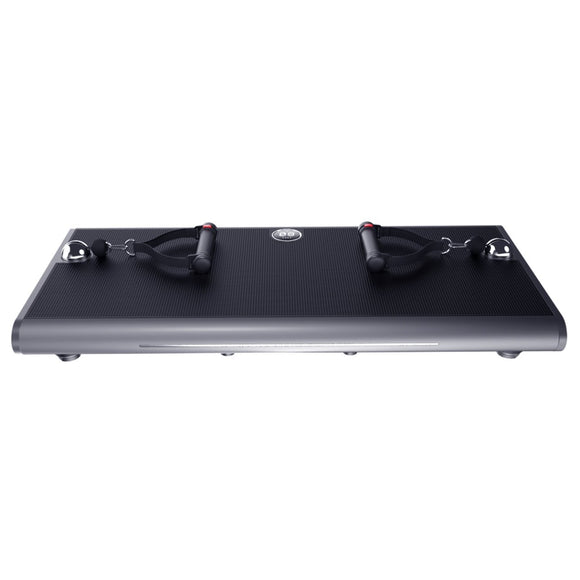

INNODIGYM P1 MÁXIMO
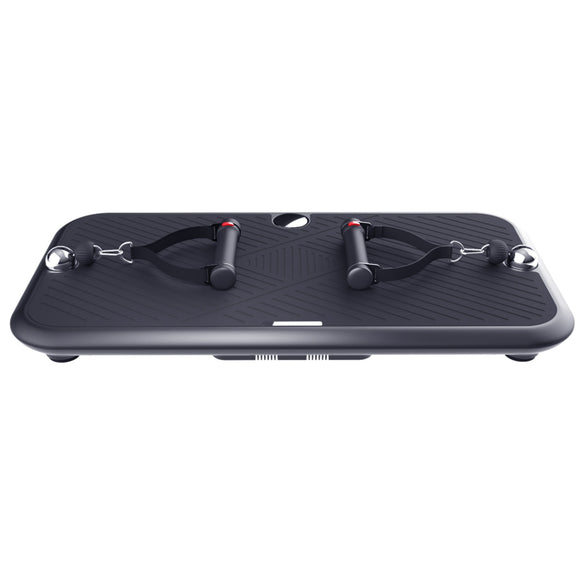

INNODIGYM P1 PLUS
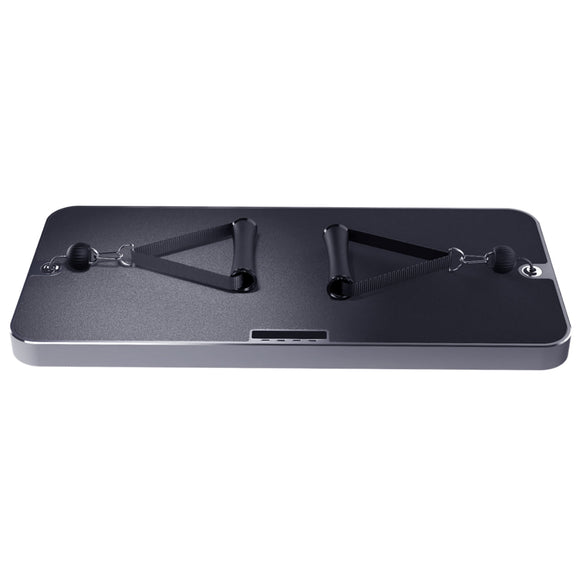
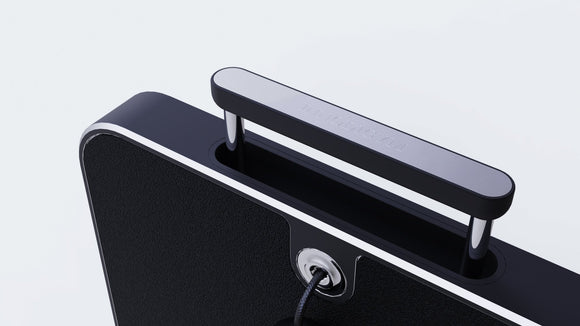
INNODIGYM P1 LITE
